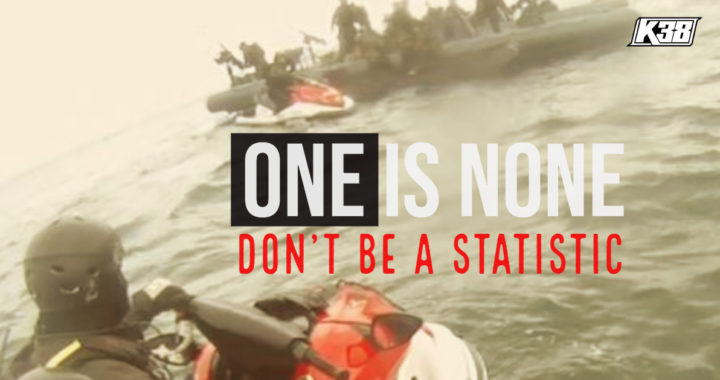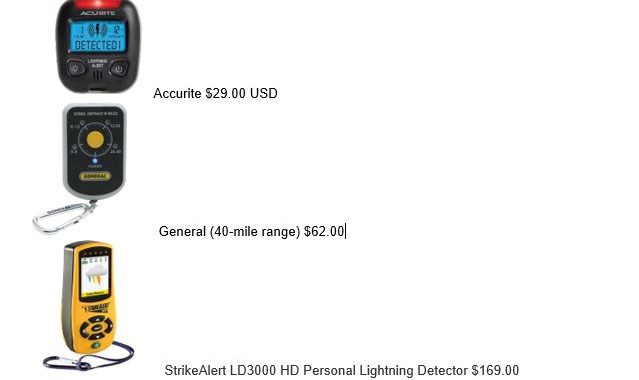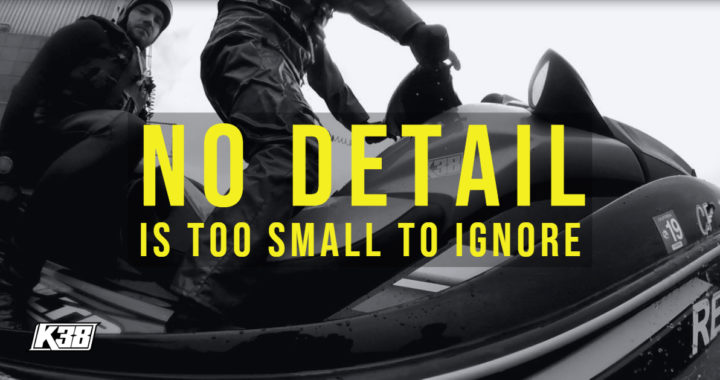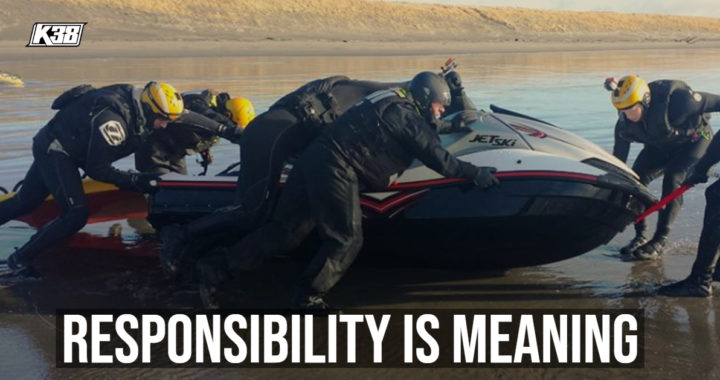Winning is Better than Losing
One is None so get on a winning team! There are always two teams, the winning team and the losing team.
The winning team goes for the long steady haul putting in the hours, the education and paying attention to the win.
The losing team is disorganized, doesn’t respect their equipment and is in it for themselves and not for their team mates.
Every mishap should be critically reviewed by peer experts to prevent harming people. Every training session should be reviewed.
Physics and theory are science and science is based on evidence; they are called ‘facts’. These elements are part of the collaboration of progress, use them in your scrutiny process.
Mishaps are based on a lack of fundamental knowledge or disregard for known standards or disrespect of seamanship skills.
PRUDENT MARINER
Don’t be a statistic like that other guy, become a boating safety expert!
You will need a subject matter expert fielded in the maritime community to achieve this. You need a competent mentor.
This will not happen in lifeguarding, it will not happen in fire rescue, it will not happen in surfing, it will only be achieved from the source: BOATING. You have to become a boater first, everything else lines up second.
Let’s dig into this subject. What is the objective?
Perhaps you would attach your boating responsibility to this: To not cause harm to yourself, others or your equipment.
Mentorship is Security
What can you do? What can they do?
The first place is to seek a boater education.
I emphasize 'BOATER' and not lifesaver. Forget the lifesaving part for now, that's the wrong focus and that is what trips these people up.
Find a competent mentor and listen to them.
Give them recognition for what they taught you as you protect what you learned; that is how you recognize the scale of achievement you attain. It's called respect, and in the boating community that ranks high.
In fact if they are creating repetitive mishaps and have the word 'RESCUE" emblazoned on their PWC they need to remove it ASAP until they become a responsible boater. That may call for some humble pie.
Get your basic boating education in place, make it a priority. Put the time in.
Study maritime law and rules.
Understand SOLAS, understand navigation, start with these basic essentials. From there the rest is easy!
We encourage all egos to stand down 'temporarily' and humble their learning ability. You will need your ego for later when you can manage it in concert with maritime law and navigational skills.
Then they will prove to themselves and those they work with that they are a prudent mariner by embracing seamanship skills.
The old saying goes 'Knowledge is Power', so use it!
K38 Way of Training is the evidence based Right Way. Proven and tested. We did it the right way because we care and listened to our mentors.
______________________
Posted: June 12, 2019
Content Creator of Rescue Water Craft and Personal Water Craft boating international education standards: Shawn Alladio is the world’s foremost authority and leading subject matter expert. She cares most about her community and the culture surrounding the safety of event service providers and Rescue Water Craft operators, working hard and dedicated towards protecting their reputation, distributing safety information and continuing to train these amazing individuals to the highest standards of care.
__________
Have any questions? Join the Rescue Water Craft Association
and discover what your community is doing to modernize standards, safety and reduce liability!
Join the Rescue Water Craft Association
Use at your own risk. Please take a qualified Rescue Water Craft training course and maintain proper records and respect all the PWC, RWC, PPE, and gear OEM manufacturer warning labels and cautions.





